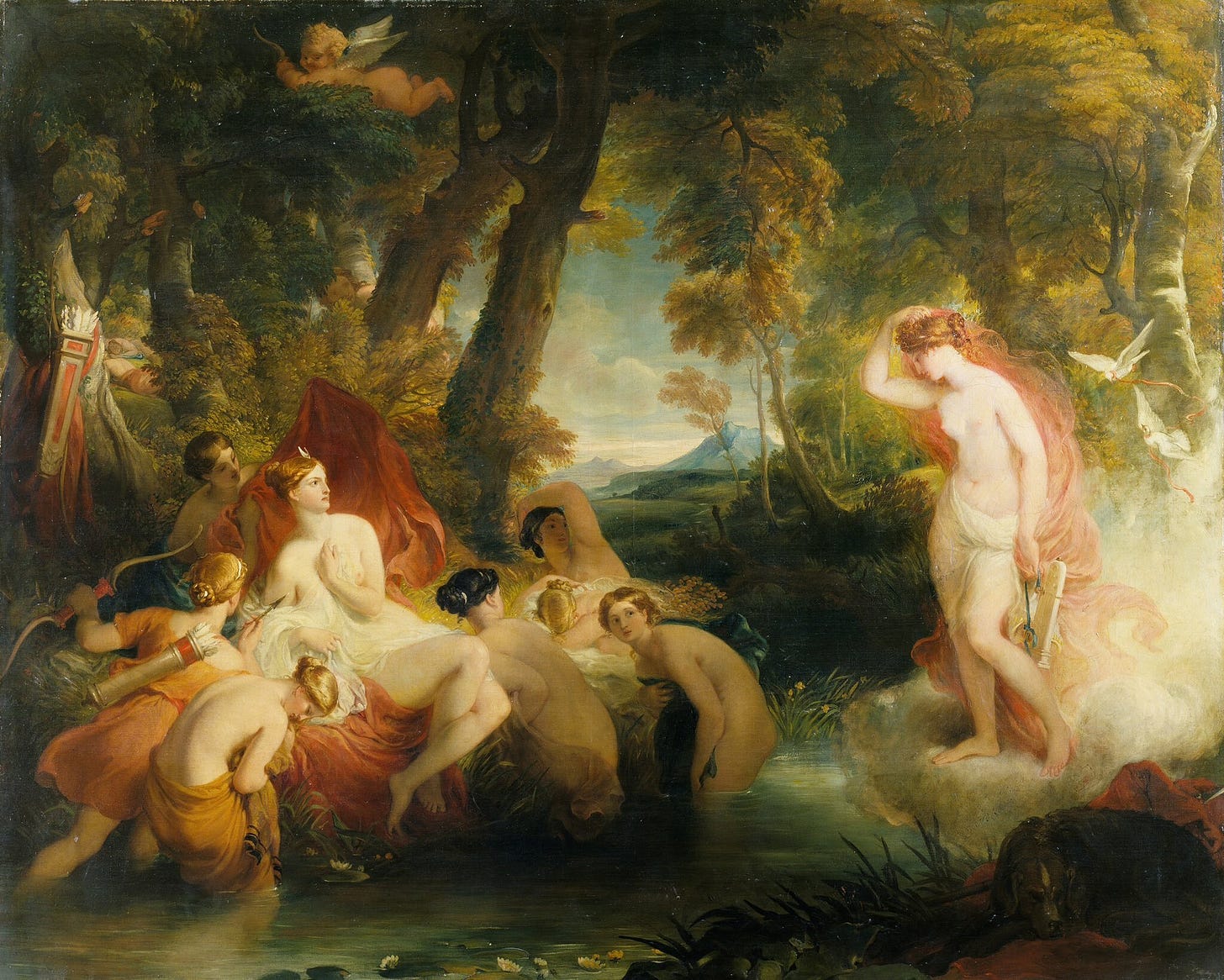The way I deal with emotions is much like Buddhists treats thoughts. Minus that I allow myself to feel them. So I feel them fully, without clinging or identifying with them. So they happen and arise, and then go. For instance with grief I did that recently. It arose and I cried for an hour for instance. And then affect started to slowly update consciousness overtime. Hence my realisations. As this is the purpose of affect. Part of this for me is the understanding of the impermanent nature of emotions, allowing them to arise and pass away naturally. By acknowledging that emotions are transient, I engage with them fully, experience their depth, and then let them go, preventing them from becoming overwhelming.
The Paradox of Emotional Expression
Though it creates for people when they see me the paradox that they think I am crying and in distress and suffering, when I am just allowing myself to fully feel them and process them, without clinging or identifying with them. So I both fully cry, yet it does not cut up my sense of self. Hence both Samsara and Nirvana at the same time. Such a distinction between Samsara and Nirvana does not exist on a "higher" level. They are in some way similar, but also different. Later on, when walking the path, these distinctions go away. As even this duality is an illusion. Yet I have not really walked the Buddhist path, even when I understand the concepts. It is more Orphic-Jungian. Though it creates the paradox of emotional experience (Samsara) while maintaining a sense of liberation and balance (Nirvana). As our emotions and with it the Anima and the Shadow are part of us. Emotions being tied to the Anima and emotional depth. Around these parts of substack we deeply honour the feminine.
Allowing Emotions to Flow Without Clinging
So my emotions are something I actively engage with. So one should not try to suppress or push them away, but instead allow oneself to fully feel and experience them. Where you can also rely on your imagination to create a mental image or scenario that can help you to experience the emotions you are trying to process. Which is why another way I worked on this is to write fiction about such key themes.
As through active engagement with our emotions and letting ourselves feel them, whilst remaining mindful of them, and not identifying with them, we can fully process the underlying trauma and the tied psychological complexes. As the emotional energy floods out, it erodes the foundation upon which the complex relies, weakening its hold over the individual's psyche. In this way, the complex is gradually dismantled and rendered less formidable, allowing the individual to reclaim their inner territory and establish a greater sense of psychological freedom and autonomy. In the end really it is about cultivating the ability to experience emotions fully without letting them disrupt ones sense of self. As the experience of emotions and our inner sense of peace and stability can co-exist at the same time. We can engage with our emotions fully, yet also know and have this awareness that these are not us, but a temporary experience we can allow to pass through us without judgement. So not clinging to or being identified with them, yet allowing them to express their valuable message.
Intersection of Emotional Expression and Liberation
In the deepest sense this creates is a state of being where Samsara (the cycle of birth, death, and rebirth in the world) and Nirvana (liberation from suffering through transcendence) coexist. So by fully experiencing emotions without allowing them to dominate the sense of self, one can maintain an equilibrium where emotions are acknowledged and expressed but do not distort the fundamental sense of being.
So for instance rather than suppressing or eliminating anger, one can channel it into constructive actions. Emotions, even those deemed negative, have valid roles and can be harnessed positively. With that we can avoid the extremes of either indulgence or repression. Instead, we cultivate a balanced approach where emotions are neither denied nor excessively clung to. Embracing all facets of the emotional spectrum is part of the journey towards self-awareness. This approach fosters a much deeper sense of emotional wholeness and integration, beyond notions of enlightenment as a state of purity. By doing this and engaging fully with both “positive” and “negative” emotions without allowing them to overwhelm the sense of self, we can achieve a heightened level of self-awareness and emotional resilience.
This way both emotional expression and the transcendence of emotions can coexist in a non-dual state of awareness. In practical terms, this means integrating emotions into daily life in a way that maintains emotional health while acknowledging the depth and complexity of human experience. This could involve practices such as mindfulness, creative expression, or therapeutic techniques that honour and channel emotions constructively. As our emotions are valuable parts of what make us deeply human.
The Importance of Understanding Suffering
The distinction between scapegoat/sufferer and redeemer/healer, denying the former and clinging to the latter leads to the whole idea of wanting to alleviate the suffering of others. Not realising that a person's suffering itself is not something to be taken from them or alleviated, but understood, seen and thus transformed. Like parts of the self that hold trauma or emotions like grief and sadness should not be transcended, but felt and held, to truly understand the underlying message.
As only through feeling through our suffering and deeply understanding it can we heal and become whole. As denying our own suffering leads to the externalisation of it onto the world. Even if we want to act with deep compassion and have wisdom, we can not alleviate other's suffering unless we felt our own. Yet even then people should be helped to realise their own inner redeemer. The only way to do this is not by avoiding our own suffering, but to feel through it, nurture the fragmented parts within. Through this process comes healing, transformation and with it wholeness and deeper and deeper states of true non-duality. From this arises a different kind of liberation, and a balanced path between desire and selflessness.






